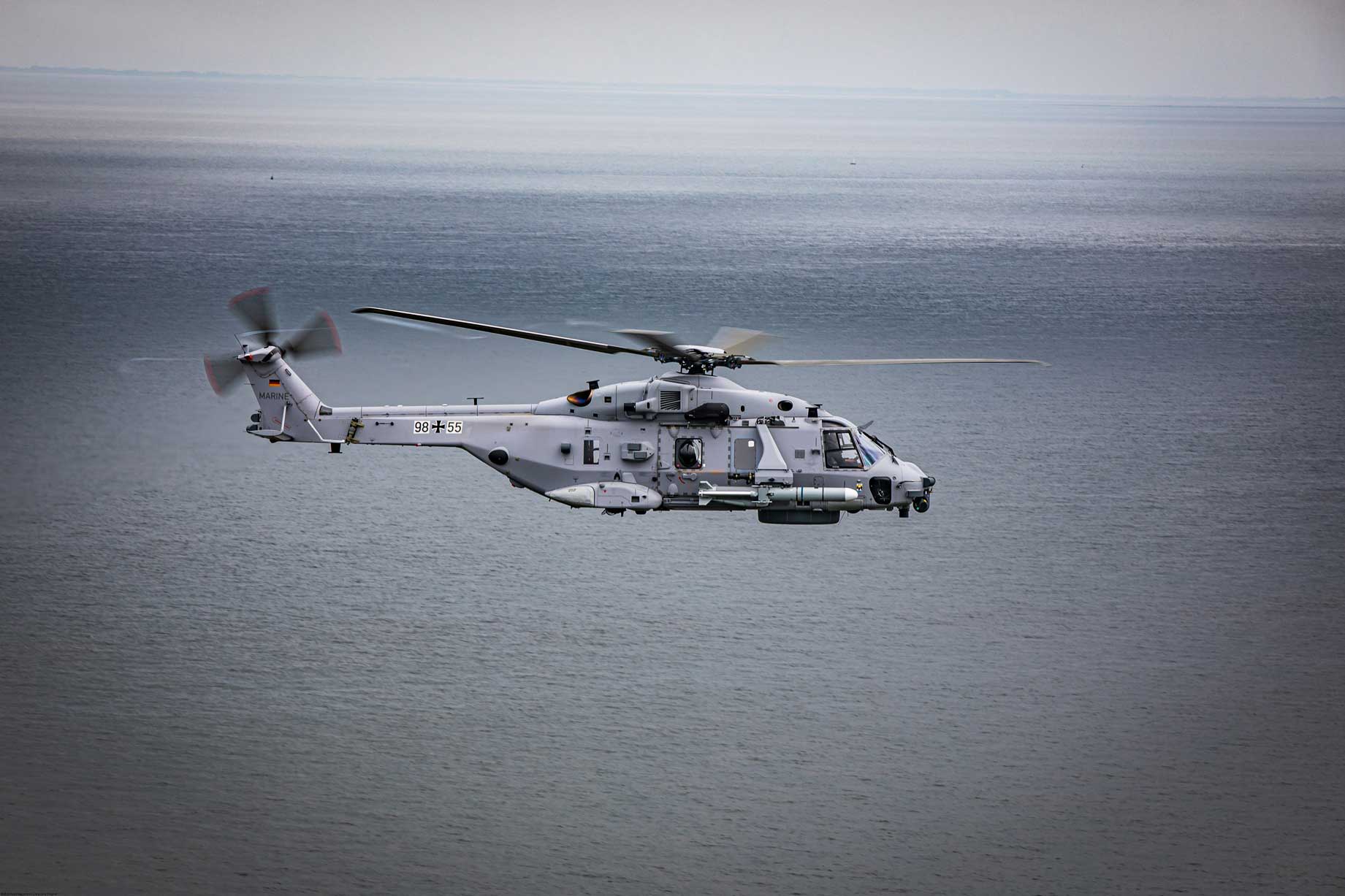This site is also available on:
Deutsch
Introduction to the new freighter fleet
Korean Air has taken a significant step toward modernizing and making its cargo fleet more sustainable by converting seven of its A350-1000 aircraft, previously used for passenger flights, to Airbus’s new A350F freighter system. This decision marks a major development in air freight, especially given Korean Air’s position as one of the world’s leading cargo operators. The company’s commitment to operating an advanced, efficient wide-body freighter underscores not only its desire for economic performance but also its dedication to more environmentally friendly flight operations.
The A350F, the latest development in the A350 family, possesses features that make it the most efficient freighter in its class. With its focus on optimized capacity, fuel efficiency, and compliance with future emissions standards, it addresses the challenges that airlines face in the cargo sector today and in the years to come. This investment thus reflects Korean Air’s commitment to anticipating market demands while promoting sustainable practices in a changing global transportation sector.
Technical features and innovations of the A350F
The A350F features a number of technical innovations with which Airbus aims to strengthen its position in the wide-body freighter segment. One striking feature is the largest main cargo door available in the industry. This significantly facilitates loading with standard pallets and containers, making ground operations more efficient and considerably reducing loading time.
The A350F’s airframe utilizes modern materials, over 70% of which are advanced composites. This design results in a 46-ton reduction in takeoff weight compared to similar aircraft, which not only lowers operating costs but also significantly reduces fuel consumption. The integration of the Rolls-Royce Trent XWB-97 engine further delivers impressive performance, capable of reducing fuel consumption and CO₂ emissions by up to 40% compared to previous-generation freighters with similar range and payload.
Another crucial advantage of the model is its compliance with the stricter CO₂ emission standards of the International Civil Aviation Organization (ICAO), which will come into effect in 2027. The A350F is the only cargo aircraft that will fully meet these requirements, making it a future-proof investment for airlines that prioritize environmental sustainability and regulatory compliance.
Economic and operational benefits for Korean Air
Korean Air’s decision to acquire the A350F highlights the significant economic advantages this aircraft offers. With a maximum payload of up to 111 tons and a range of approximately 4,700 nautical miles (8,700 kilometers), the freighter opens up new possibilities for long-haul cargo flights without stopovers. This optimizes supply chains and significantly increases the flexibility of Korean Air’s logistics network.
The lighter construction and modern powertrain result in significant fuel savings, which translate directly into lower operating costs. Especially in times of volatile fuel prices, this represents a significant competitive advantage. Furthermore, the reduction in CO₂ emissions not only means a better environmental footprint, but can also bring Korean Air tax benefits and subsidies under international climate agreements.
In the context of a growing global cargo market characterized by increasing demand for fast and reliable transport options, the A350F ideally meets the requirements of modern logistics operators. By integrating this aircraft into its fleet, Korean Air can expand its capacity while simultaneously solidifying its leading role in addressing sustainability requirements.
Die Rolle von Korean Air im globalen Luftfrachthandel
With its order for a total of 33 A350 family aircraft – including 20 A350-1000s, seven A350Fs, and six A350-900s – Korean Air is demonstrating a clear commitment to a balanced mix of passenger and cargo capacity. The company has thus focused not only on the future of passenger traffic but also on the strategically important air freight markets.
Furthermore, Korean Air operates a substantial fleet of 39 A321neo jets, highlighting the versatility and flexibility of its fleet. The selection of different aircraft types allows the company to offer tailored solutions for a wide range of transport needs, whether on short- or long-haul routes.
As a leading player in global transportation, Korean Air makes a significant contribution to the stability and efficiency of supply chains, which are essential for numerous industries and markets worldwide. The investment in the A350F will sustainably support the airline‘s competitiveness and reputation as a reliable partner in the air freight business.
Future outlook and significance for the aviation industry
The introduction of the A350F at Korean Air is not only a milestone for the company itself, but also a significant signal for the entire aviation industry. The combination of technological advancement, economic efficiency, and environmental responsibility sets new standards for modern air freight solutions.
By deploying state-of-the-art aircraft like the A350F, Korean Air is adapting to increasingly stringent environmental regulations without compromising performance or efficiency. This is motivating other airlines to take similar steps to sustainably modernize their fleets.
In the long term, the A350F is expected to make a significant contribution to the further development of the air freight sector by opening up new possibilities for transporting bulky and heavy goods over long distances while minimizing environmental impact. Korean Air exemplifies the innovative spirit and willingness to promote sustainable solutions in air transport.
Conclusion: The A350F is a unique selling point in the large freighter class.
Korean Air’s decision to convert some of its A350-1000 passenger aircraft into the new A350F long-range freighter is a significant step for the company and the air freight industry as a whole. With the A350F, the airline will acquire a fuel-efficient, low-emission aircraft optimized for transporting large volumes of cargo over long distances. This investment underscores Korean Air’s commitment to sustainability, economic efficiency, and technological innovation.
The A350F, a unique feature in the wide-body freighter class, promises a significant improvement in cargo scenarios while maintaining environmental sustainability, which is of great importance in an increasingly regulated industry. Thus, the integration of the new freighter excellently prepares Korean Air for the challenges and opportunities of the future and positions it as one of the leading, forward-looking players in international air freight.

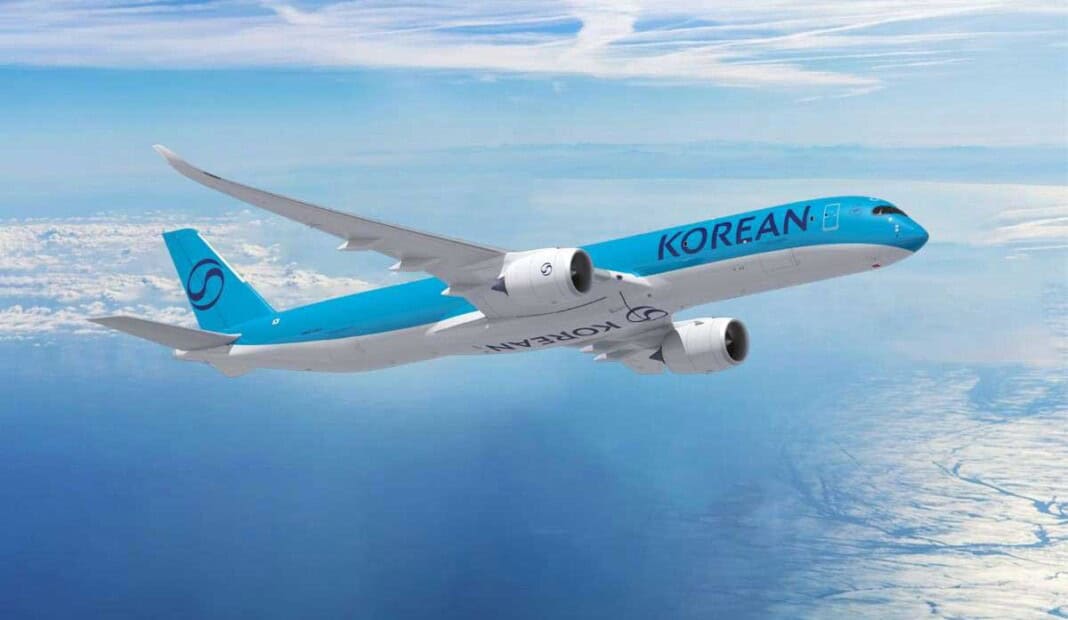
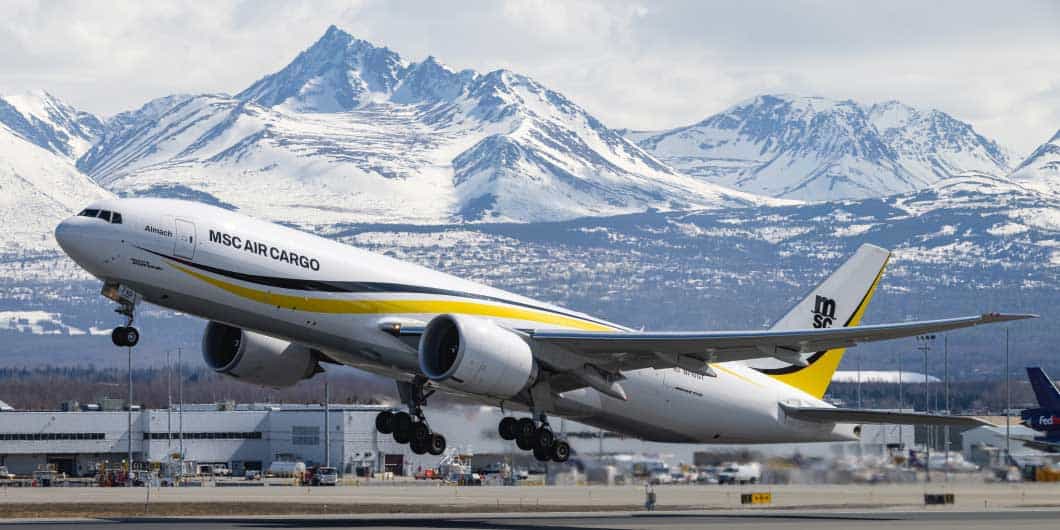 MSC Air Cargo strengthens the BARIG air freight division as a new member
MSC Air Cargo strengthens the BARIG air freight division as a new member Impulses for the air cargo industry: Swiftair is a new member of the BARIG Air Cargo Community
Impulses for the air cargo industry: Swiftair is a new member of the BARIG Air Cargo Community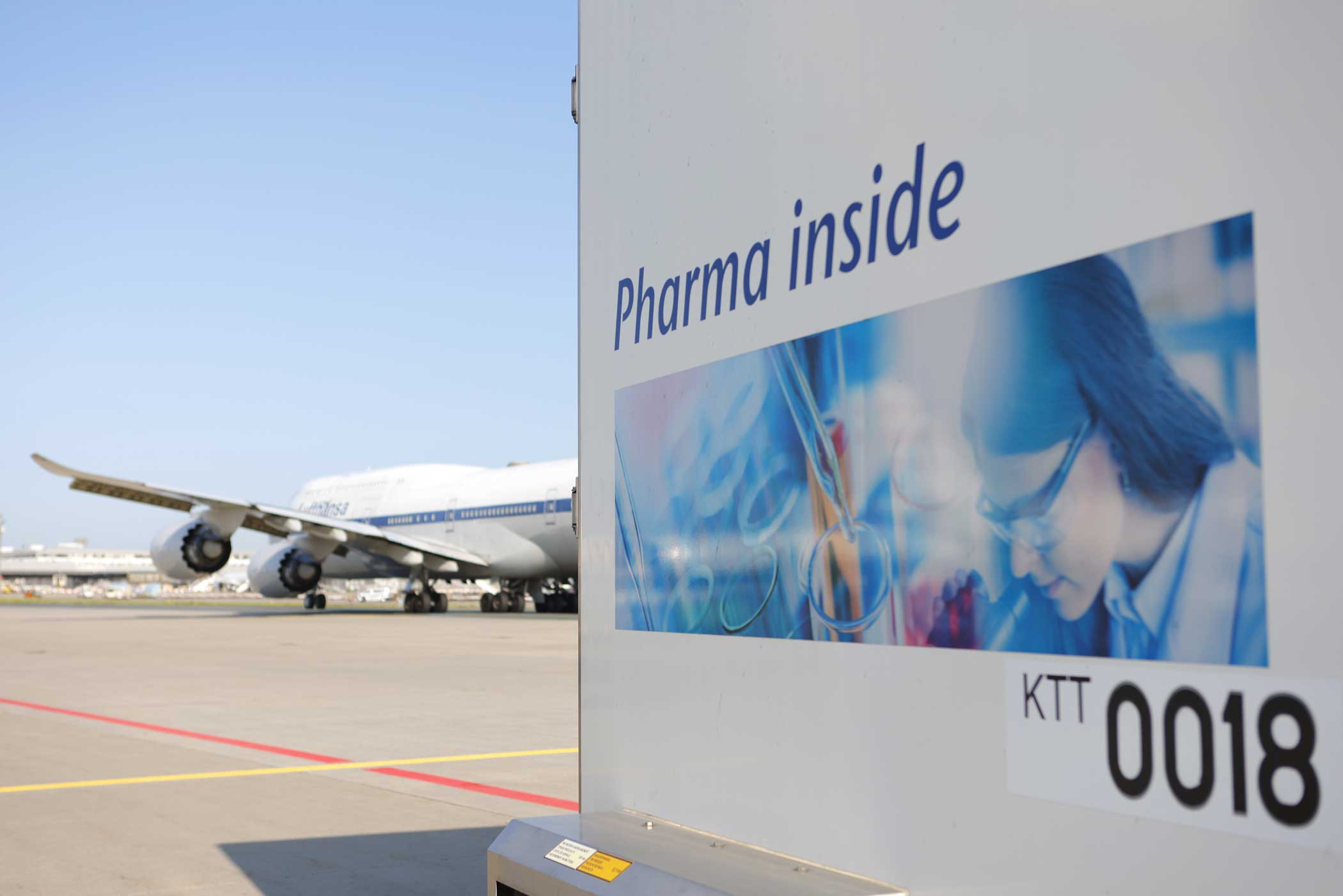 Frankfurt Airport: Europe’s leading pharmaceutical hub for the global healthcare market
Frankfurt Airport: Europe’s leading pharmaceutical hub for the global healthcare market Air Partner: How flight logistics work for world tours of international artists
Air Partner: How flight logistics work for world tours of international artists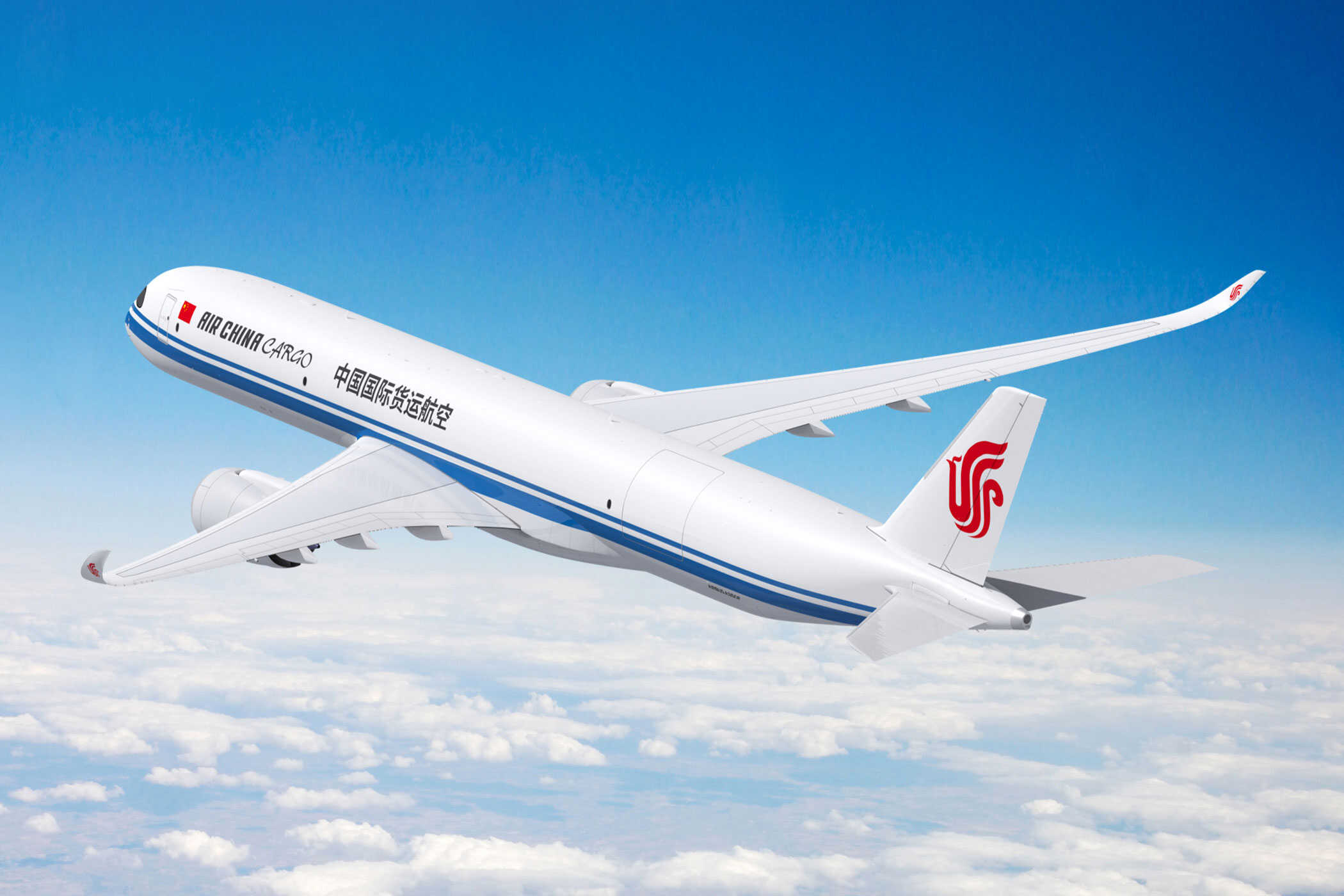 Air China Cargo relies on new Airbus A350F freighter
Air China Cargo relies on new Airbus A350F freighter



